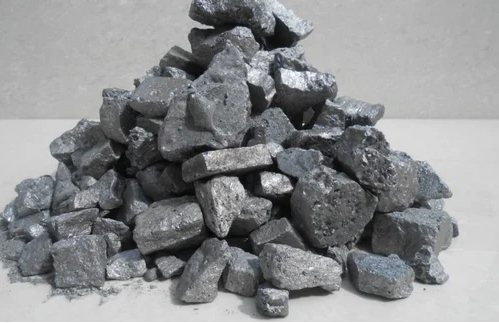
Microalloyed low carbon steels are widely used in various applications due to their improved mechanical properties. The lining plates of large ball mills are an example.
Optical micrographs of the pre-heat treated ferrite-pearlite microstructure showed that the sporadic pearlite colonies were transformed into lath bainitic ferrite sheaves containing blocks of retained austenite and martensite/austenite constituent (see Fig. 2a, b, and c).
The microalloying elements in steels, such as nitrogen, vanadium, niobium and phosphorus, are added in small concentration ranges. Their addition influences the mechanical properties of the resulting alloys. These elements are found in the earth's crust and are often mined or derived from other natural resources. In the past, they were either used to improve1,2 or deteriorate3,3 the properties of steels.
The development of controlled rolling processes combined with alloy design has produced micro-alloyed ferrite-pearlite steels that possess high yield strengths with a C content that approaches 0.2 %. This is due to the combination of (i) fine grain size developed during controlled rolling and enhanced by micro-alloying elements; and (ii) precipitation strengthening caused by the presence of V, Nb, and Ti in the composition.
The quenching and partitioning heat treatment of these low carbon micro-alloyed ferrite-pearlite grades enables them to exhibit good transverse tensile strength and weldability. The use of Ca-Si ladle additions for inclusion shape control has also improved cold formability.
Micro-alloyed low or medium carbon steels are characterized by high yield strengths and toughness. These strengths result from the combination of a fine grain size obtained by controlled rolling and heat treatment processes with precipitation strengthening due to alloying elements. These alloying elements include niobium (Nb), titanium (Ti), vanadium (V), and zirconium (Zr) in various combinations. In addition, some micro-alloyed steels contain Cu to improve corrosion resistance and solid-solution strengthening.
The quenching and partitioning (Q&P) heat-treatment process transforms the primary ferrite-pearlite (FP) microstructure into a bainitic microstructure with interlath and sporadic blocks of retained austenite. This microstructure also facilitates the nucleation of intra-granular ferrite sheaf.
The morphology of the microstructure and mechanical properties of the tested micro-alloyed steel were evaluated using X-ray diffraction, scanning electron microscopy (SEM), transmission electron microscopy, and wear testing. The results indicate that a Q&P cycle significantly improved the microstructure and mechanical properties of the steel. Moreover, the inclusion of V-N microalloying enhanced the microstructure uniformity of the tempered sorbite and increased its strength.
The microalloying process improves the mechanical properties of medium carbon steels. These improved properties include formability, toughness, and weldability. Additionally, the addition of microalloying elements reduces the need for cold working, which enhances machinability. Moreover, microalloyed steels have better corrosion resistance in aggressive environments than non-microalloyed ones.
The quenching and partitioning (Q&P) heat treatment process transforms the primary ferrite-pearlite microstructure of low carbon microalloyed steel into a bainitic microstructure containing interlath and sporadic blocks of retained austenite. This microstructure provides higher yield strength and a gigapascal level of ultimate tensile strength than preheat-treated steels.
In addition to improving the ductility of microalloyed steels, Q&P also allows them to be through-hardened and have an excellent fracture toughness. The Q&P process can even eliminate the need for straightening, stress relief, and quench tempering. The microalloying process can also be used to refine the microstructure and increase the ductility of medium-carbon steels. Microalloyed steels can withstand much more severe cracking than traditional Q&T steels.

The corrosion resistance of microalloyed steels is attributed to inhibition of cathodic water reduction kinetics, impurity stabilization and the formation of a dense surface film. The addition of calcium also contributes to the refinement of the structure and to the formation of a second phase that hinders the diffusion of oxygen during corrosion.
These alloys are also known as high-strength low-alloy (HSLA) steels. They offer both high strength and good atmospheric corrosion resistance, making them suitable for use in pipelines. Alloying elements such as titanium, chromium, vanadium, silicon and zirconium are used to boost corrosion resistance and strength.
The metallographic microstructures of the four alloys were analyzed using X-ray diffraction. Moreover, the metallographic micrographs of the MS, MS1Ca, MS2Ca and MS4Ca alloys were evaluated using scanning electron microscopy. The potentiodynamic polarization curves of the four alloys in NaCl solution were fitted to obtain icorr and Ecorr values. The icorr value of the MS2Ca alloy was the lowest.

Write a Message